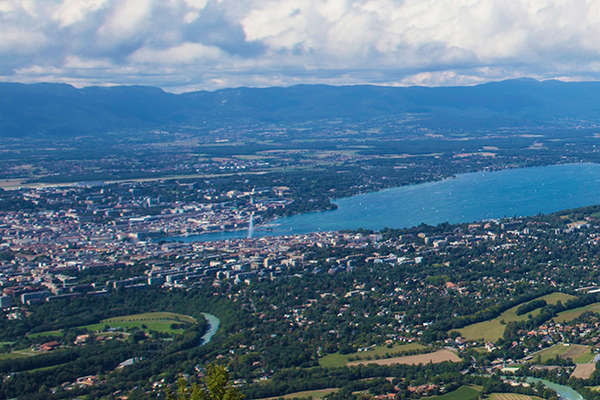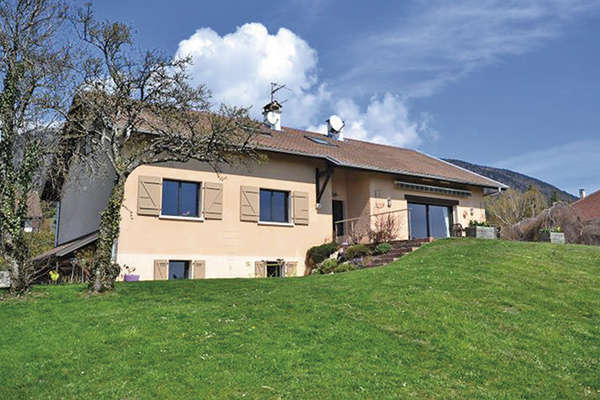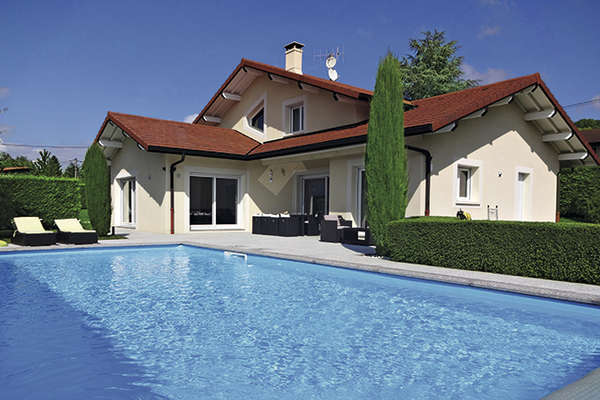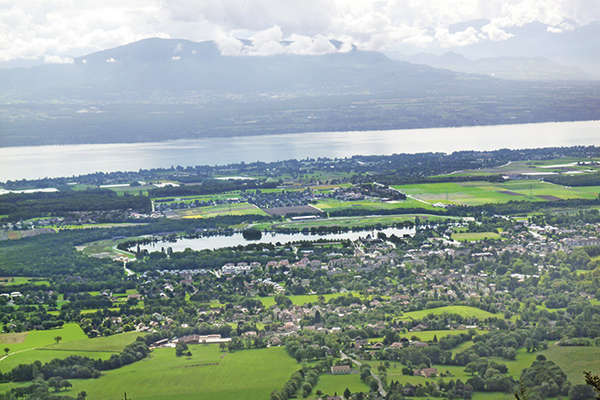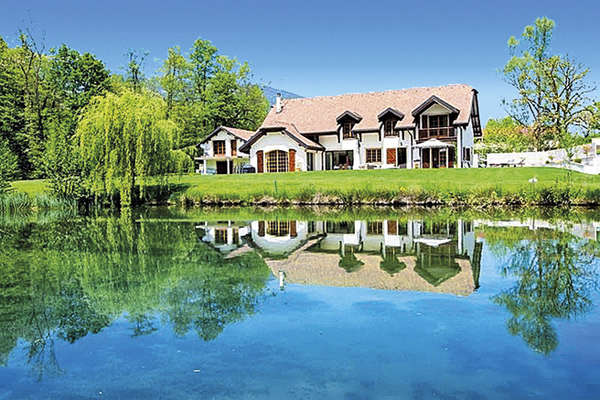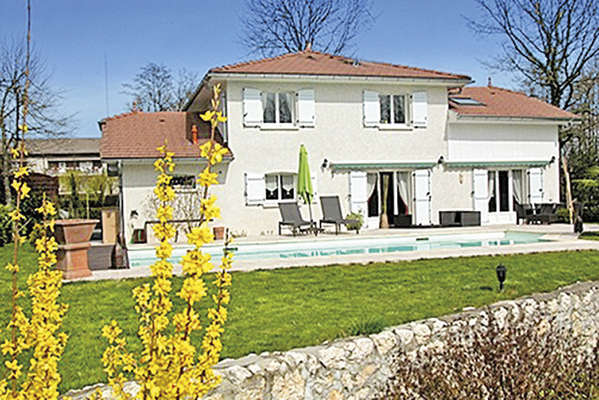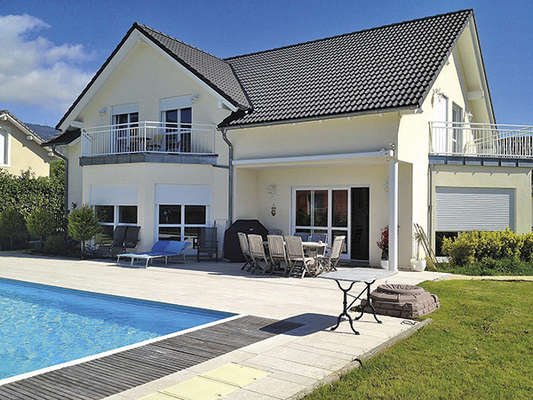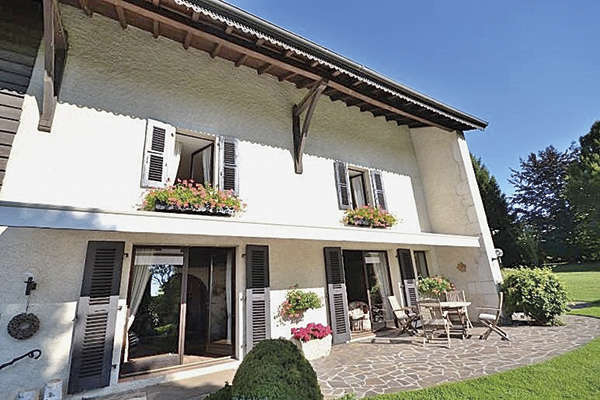Living at the gateway to the Cévennes
By Laetitia Rossi - 04 August 2010
Whether they go by the name of Ganges, Sauve, Saint-Hippolyte-du-Fort, Quissac, Anduze or Saint-Jean-du-Gard, communes lying in the lowest foothills of the Cévennes draw a local, national and even international clientele. Focus on a green and undulating region…
Ganges, which has a good number of shops, a clinic, public and private schools, is home to nearly 4,000 people at the confluence of the Hérault and Rieutord rivers, 45 km north of Montpellier. “Sauve, an ancient and curious town,” wrote Jean Germain about this village lying between the Massif de Coutach and the River Vidourle, immediately identifiable by its 12th-century bridge, Môle tower, the abbey, remains of ramparts and fortified gateways. Until the 19th century, Saint-Hippolyte-du-Fort lived off silkworm production. Today, in addition to its 3,650 residents, it plays host to one of the largest temples in France, in neo-classic style, and a very beautiful architectural heritage, including fountains and frontages several centuries old. Over towards Anduze, the cradle of Cévennol Protestantism in the 16th and 17th centuries, Mont Aigoual keeps an eye on the plains planted with vines and the “garrigue” (scrubland). Not far from La Bambouseraie de Pra-france, relaxation and sport in the great outdoors are on the programme. Here, tourism is one of the main acivities, together with pottery and zinc smelting.
Christophe Thuet, Guillaume Estève and the team at Les Calades du Sud - four estate agencies at the gateway to the Cévennes from the area north of the Prefecture of L’Hérault to L’Aveyron -, say that the market is shared out equally between purchasers of year-round and holiday homes, especially in the localities of Ganges, Sauve and Saint-Hippolyte. First-time buyers, working in Montpellier or Nîmes, are looking for building plots with mains connections at 85 €/m2, notary’s fees included. The retired usually pay cash, from 280,000 to 300,000 €, for villas of sound construction, 130-150 m2, in grounds of at least 1,000 m2, not on estates, with swimming pools, total peace and quiet. Locals tend to enlarge their homes, preferring to stay put and benefitting from profits generated from the sale of a recently-built property or village house acquired and renovated a few years ago. The capital of “département 34”, Marseille, Paris and northern France are all excellent sources of new clients. These holiday-makers wanting to treat themselves to a base in the region, costing from 60,000 to 1 million euros, are fond of hiking, horseback excursions, bathing in the rivers, “accrobranche” (adventure circuits in the forests), even skiing, in the easily accessible winter resort of Prat Peyrot, a 40-minute drive from Ganges. They all favour old stones, especially when accompanied by a garden or terrace. Some are prepared to invest from 500,000 to 700,000 € in a desirable property. Recently, a client from Lyon who had fallen in love with the region, acquired two buildings, 360 m2 in all, on almost 7.5 acres of land, for 550,000 €. While the market is very active towards Saint-Hippolyte, Ganges, less inclined to offer reduced prices, is having some trouble in concluding transactions.
“The two huge rocks of Anduze lead to the town of Saint-Jean-du-Gard and symbolize the entrance to the Cévennes,” explains Nicole Renvier-Cros, based in Anduze and Quissac. Here, the majority of buyers - Parisians, Belgians, northern French and Swiss - set their sights on holiday homes, which start, in the case of houses, at 160,000 €. “They all work in big cities and hope to settle on retirement in this green and undulating Garden of Eden, a 1-hour drive from the Mediterranean and 40 minutes from the Prefecture of Le Gard, served by the TGV,” adds the manageress of Terres des Cévennes. With its markets and a rich and varied calendar of events, Anduze is lively all year round. Among her most recent sales, our estate-agent mentions a renovated “mas” of 290 m2 near Thoiras, acquired by a Parisian client for 600,000 €, and a villa of 115 m2 in grounds of 3,000 m2 benefitting from a pool and pool-house, for 280,000 €, a sum paid by a Belgian client wanting to leave the low country for the sun and a pleasant life-style in the south of France. Since January 2010, visits have again started to come to fruition in this relatively sought-after area, whose reputation goes well beyond the frontiers of the “département”. The same is true of Quissac, a typical fall-back destination for 30 year-olds from Montpellier or Nîmes, ready to invest 200,000 € in a practical villa, not too far from urban centres.
